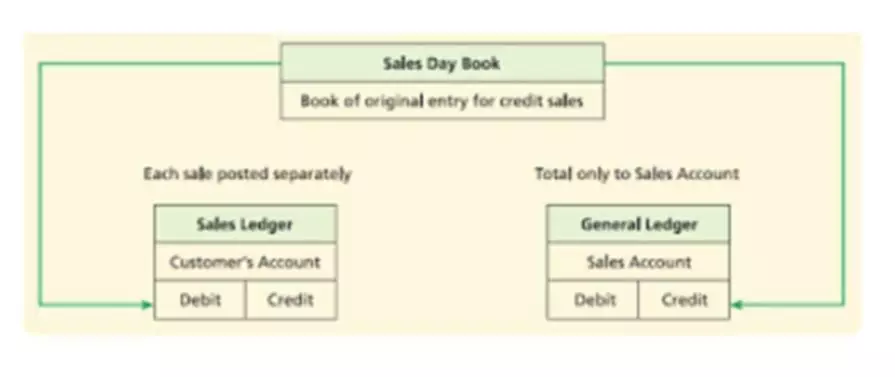Manufacturing Costs & Nonmanufacturing Costs-Definition Explanation Examples
Content

Accountants calculate this cost for the whole facility, and allocate it over the entire product inventory. This cost is incurred for materials which are used in manufacturing but cannot be assigned to any single product. Indirect material costs are mostly related to consumables like machine lubricants, light bulbs , and janitorial supplies. Cost accountants spread these costs over the entire inventory, since it is not possible to track the individual indirect material used. PERIOD COSTS – costs that do not form part as cost of the products. These include rent of office space, advertising, sales commission, utilities and supplies in the office.
U.S. Downturn Eases In September Amid Cooling Price Pressures And Fewer Supply Delays – Seeking Alpha
U.S. Downturn Eases In September Amid Cooling Price Pressures And Fewer Supply Delays.
Posted: Tue, 27 Sep 2022 17:51:00 GMT [source]
For instance, in our example of Friends Company, the company purchases metal parts to produce valves. The more valves are produced, the more parts Friends Company has to acquire. For Friends Company, other direct materials would include, for example, plastic parts and paint. Are the direct materials used by a manufacturing company classified as a product cost or as a general, selling, and administrative cost?
Research and Developmental Costs in accounting:
We have identified our direct and indirect manufacturing costs so can apply them to the formula introduced above. Manufacturing overheads— machining, maintenanceandindirect materials and labor in a secondary or support role.

The total manufacturing overhead of $50,000 divided by 10,000 units produced is $5. So, for every unit the company makes, it’ll spend $5 on manufacturing overhead expenses on that unit. Alright, we concede the point that utilities are sometimes mixed, too, as well as the indirect materials. They have a portion that is fixed, and beyond that is variable. Given that many materials go into the production of goods and services, it is important that strict non manufacturing costs measures are put in place to monitor different materials as they are purchased at varying different amounts. For a company that uses direct costs, standard inventory valuation measurement must be used to avoid miscalculation of items which will affect the direct costs of production. Indirect material costs- The cost of materials necessary to manufacture a product that are not easily traced to the product or not worth tracing to the product.
What are nonmanufacturing overhead costs?
This is why the manufacturing costs are often termed as product costs and non-manufacturing costs are often termed as period costs. Direct materials cost includes all materials and supplies that are used as input in the production process and whose usage can be directly traced to the final product manufactured by the entity. The fabric, buttons, thread, packing boxes etc. used by a manufacturer of garment products are all examples of direct materials. Similarly, the total cost of fruit pulps, sugar, flavors, and food preservatives used by Mitchells food factory to produce various varieties of jam is also an example of direct materials cost. Manufacturing Overhead This refers to manufacturing costs other than direct material and direct labour costs. The major items included under manufacturing overhead are indirect materials, indirect labour, factory supplies, utilities depreciation, repairs and maintenance, and rent and insurance. Unit product cost calculations using absorption costing do not include ________.
What is production overhead in cost accounting?
Manufacturing overhead (MOH) cost is the sum of all the indirect costs which are incurred while manufacturing a product. It is added to the cost of the final product along with the direct material and direct labor costs.
These costs include the physical items which are essential for manufacturing. They usually include the cost of the property where the manufacturing is taking place and its depreciation, purchasing new machines, repair costs of new machines and other similar costs. Accountants calculate this cost by either the declining balance method or the straight line method. In the declining balance method, a constant rate of depreciation is applied to the asset’s book value every year. The straight line depreciation method is used to distribute the carrying amount of a fixed asset evenly across its useful life. This method is used when there is no particular pattern to the asset’s loss of value.
What is Direct Labor?
Usually, the price also includes a mark-up for profit over the cost of production. The direct materials cost for one skateboard is the sum of one deck ($20), two metal trucks ($10), and four wheels ($16) per unit. Discover what is manufacturing cost and how to calculate the total manufacturing cost for your business. As you can see form the list, indirect materials are an insignificant portion or not an integral part of the finished goods.

S income statement, but will rather be reported in the Other Comprehensive Income of the Financial Statement. Also see formula of gross margin ratio method with financial analysis, balance sheet and income statement analysis tutorials for free download on Accounting4Management.com. Accounting students can take help from Video lectures, handouts, helping materials, assignments solution, On-line Quizzes, GDB, Past Papers, books and Solved problems.
RELEVANT COSTS – future costs that differ under alternative courses of action. Limitations of unit cost, What are the limitations of unit cost.
Find out how your business can grow and how other businesses have survived in the ultimate guide onwhat is manufacturing. Direct costs refers to everything spent on the bulk of the manufacturing process. This could be material costs (e.g. raw materials) andtime costs(e.g. staff wages). They must play a physical role in assembly or production for it to be a direct cost. Utilities such as natural gas, electricity, and water are overhead costs that fluctuate with the quantity of materials being produced. The might increase or decrease depending on the demand for the product in the market. Since their usage isn’t constant, they’re included as variable overhead costs.
Direct Material Manufacturing Costs
Another example of non manufacturing costs can be the insurance premium that is paid for the areas other than the factory. Other examples of non-manufacturing costs are the interest on the business loans, marketing and advertising expense, depreciation and maintenance expense of an asset that is used outside the factory and office supplies. Manufacturing costs initially form part of product inventory and are expensed out as cost of goods sold only when the inventory is sold out. Non-manufacturing costs, on the other hand, never get included in inventory rather are expensed out immediately as incurred.
In some industries, major shifts are taking place in the structure of labor costs. Sophisticated automated equipment, run and maintained by skilled workers, is increasingly replacing direct labor.
A manufacturing entity incurs a plethora of costs while running its business. While manufacturing or production costs are the core costs for a manufacturing entity, the other costs are also just as important as https://www.bookstime.com/ they too affect overall profitability. Thus, management attention must be focused on both the core and the ancillary costs to control and manage them with a view to maximize profitability on long term basis.


この記事へのコメントはありません。